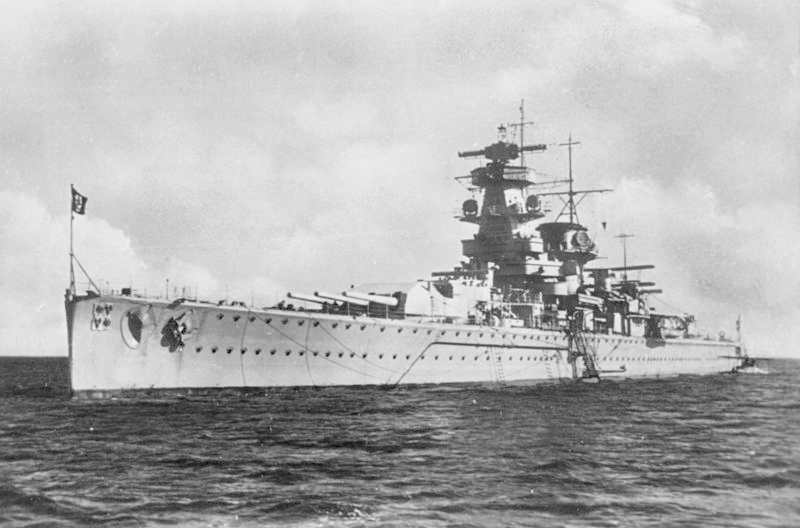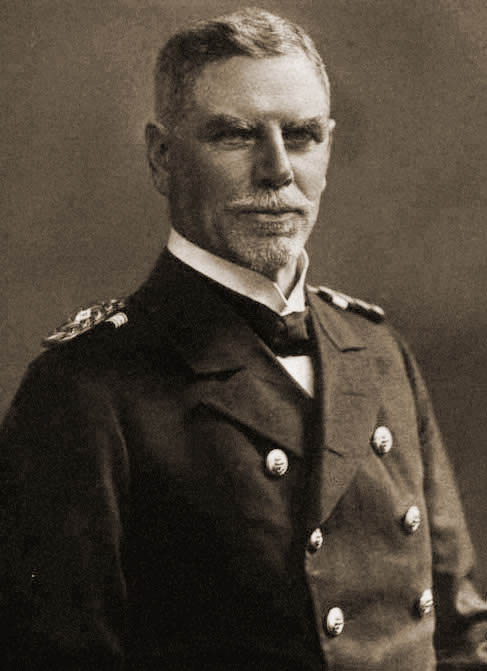SPEE (spee)
Graf
Spee: WWII battleship
Graf von Spee: WWI German admiral
Common
clues: Graf ___; “Pursuit of the Graf ___”; Germany's
Graf von ___; German battleship Graf ___; WWI German admiral; Graf
___ (WWII battleship)
Crossword
puzzle frequency:
2 times a year
Frequency
in English language:
84885 / 86800
Video: Pursuit
of the Graf Spee
Maximilian Reichsgraf von Spee (22 June 1861 – 8 December 1914) was a naval officer of the German Kaiserliche Marine (Imperial Navy), who famously commanded the German East Asia Squadron during World War I. Spee entered the navy in 1878 and served in a variety of roles and locations, including on a colonial gunboat in German West Africa in the 1880s, the East Africa Squadron in the late 1890s, and as commander of several warships in the main German fleet in the early 1900s. During his time in Germany in the late 1880s and early 1890s, he married his wife, Margareta, and had three children, his sons Heinrich and Otto and his daughter Huberta. By 1912, he had returned to the East Asia Squadron as its commander, and was promoted to the rank of Vizeadmiral (Vice Admiral) the following year.
After
the outbreak of World War I in July 1914, Spee led his squadron
across the Pacific to the coast of South America. Here on 1
November, he defeated the British 4th Cruiser Squadron under Rear
Admiral Christopher Cradock in the Battle of Coronel, sinking two
of Cradock's cruisers and forcing his other two ships to retreat.
A month later, Spee decided to attack the British naval base in
the Falkland Islands, though a superior British force surprised
him. In the ensuing Battle of the Falkland Islands, Vice Admiral
Doveton Sturdee's squadron, which included two powerful
battlecruisers, destroyed the East Asia Squadron. Spee and his two
sons, who happened to be serving on two of his ships, were all
killed, along with about 2,200 other men. Spee was hailed as a
hero in Germany, and several ships were named in his honor,
including the heavy cruiser Admiral Graf Spee, which was built in
the 1930s and was defeated in the Battle of the River Plate during
World War II.
***
Admiral
Graf Spee was a Deutschland-class "Panzerschiff"
(armored ship), nicknamed a "pocket battleship" by the
British, which served with the Kriegsmarine of Nazi Germany during
World War II. The two sister-ships of her class, Deutschland and
Admiral Scheer, were reclassified as heavy cruisers in 1940. The
vessel was named after Admiral Maximilian von Spee, commander of
the East Asia Squadron that fought the battles of Coronel and the
Falkland Islands, where he was killed in action, in World War I.
She was laid down at the Reichsmarinewerft shipyard in
Wilhelmshaven in October 1932 and completed by January 1936. The
ship was nominally under the 10,000 long tons (10,000 t)
limitation on warship size imposed by the Treaty of Versailles,
though with a full load displacement of 16,020 long tons (16,280
t), she significantly exceeded it. Armed with six 28 cm (11 in)
guns in two triple gun turrets, Admiral Graf Spee and her sisters
were designed to outgun any cruiser fast enough to catch them.
Their top speed of 28 knots (52 km/h; 32 mph) left only the few
battlecruisers in the Anglo-French navies fast enough and powerful
enough to sink them.

Admiral
Graf Spee in 1936
The ship conducted five non-intervention patrols during the Spanish Civil War in 1936–1938, and participated in the Coronation Review of King George VI in May 1937. Admiral Graf Spee was deployed to the South Atlantic in the weeks before the outbreak of World War II, to be positioned in merchant sea lanes once war was declared. Between September and December 1939, the ship sank nine ships totaling 50,089 gross register tons (GRT), before being confronted by three British cruisers at the Battle of the River Plate on 13 December. Admiral Graf Spee inflicted heavy damage on the British ships, but she too was damaged, and was forced to put into port at Montevideo. Convinced by false reports of superior British naval forces approaching his ship, Hans Langsdorff, the commander of the ship, ordered the vessel to be scuttled. The ship was partially broken up in situ, though part of the ship remains visible above the surface of the water.
This article is licensed under the GNU Free Documentation License. It uses material from the Wikipedia article "Maximilian von Spee" and Admiral Graf Spee.
|
|
